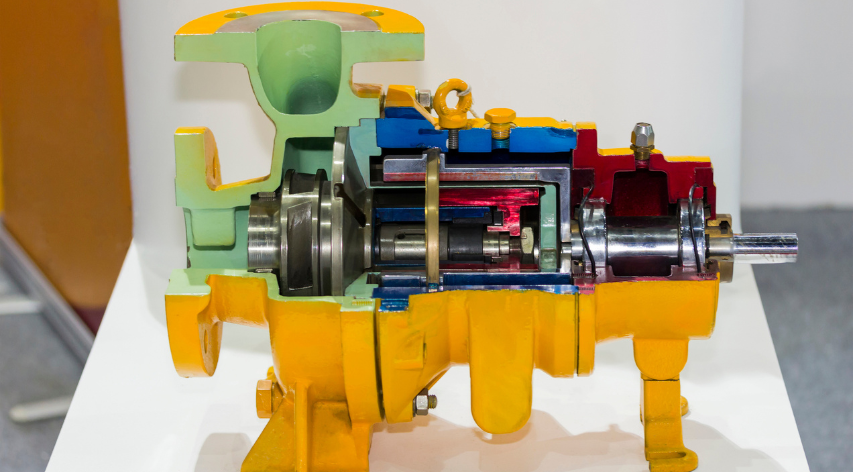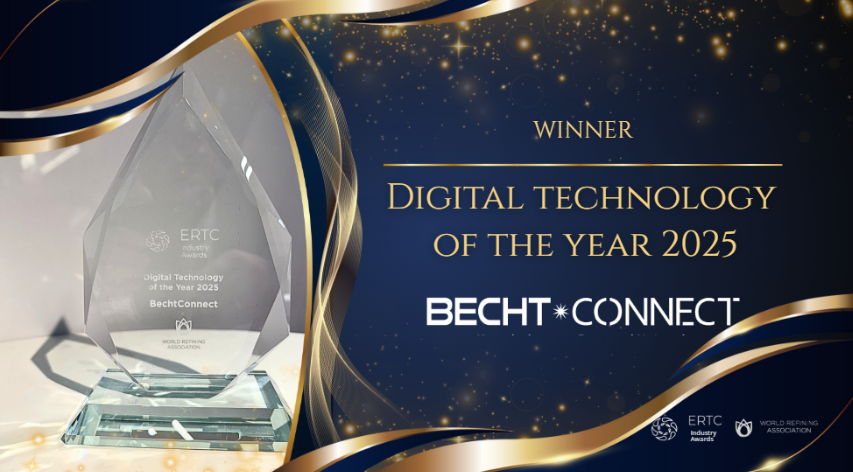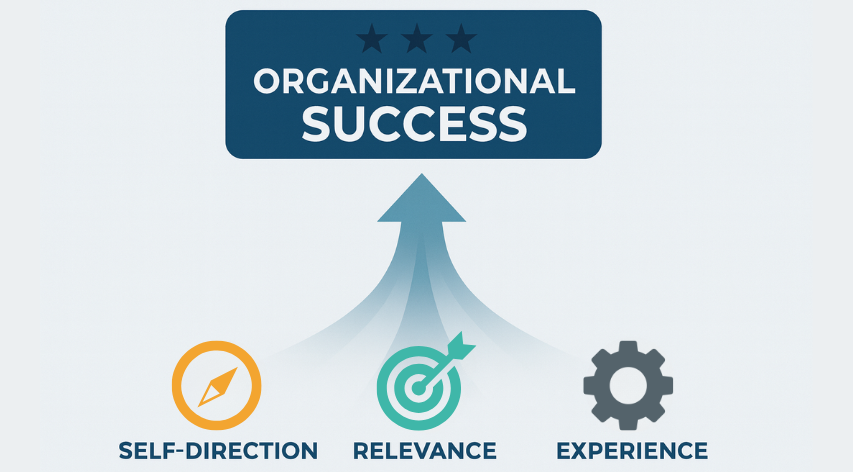Improving Integrity and Reliability with Digital Corrosion Management

By Jeremy Staats and Mark Fronek
Corrosion control documents (CCDs) are created to drive safer, more reliable operations, but only if they stay active and accessible. Too often, they end up buried on shared drives and reduced to administrative burdens instead of serving as living technical resources. When CCDs lose visibility, so does the valuable knowledge that guides materials decisions and shapes effective corrosion management.
But keeping CCDs up to date takes significant effort. Data needs to be gathered from multiple sources and validated, then reformatted for review, leading to a cycle where teams work hard to keep information current but see little improvement in decision-making.
Digital corrosion management offers a more effective solution. By connecting process and inspection information within a single digital environment, industrial sites can maintain continuously updated data and make better-informed decisions that strengthen mechanical integrity. Ultimately, this integration delivers a system that boosts accuracy and collaboration to reduce risk across corrosion management and reliability efforts.
Why are corrosion control documents difficult to maintain?
They’re time-intensive to update and challenging to keep relevant.
CCDs were developed to combine information from across process and inspection functions to manage corrosion risks. Over time, though, they grow in size and complexity. A document that begins at 50 pages can expand far beyond that as new details are added during each revalidation cycle.
Every update demands coordination between inspection engineers, process specialists, operations staff, and other contributors. Data must be gathered from multiple sources and validated, then reformatted for review, which takes considerable effort. The document quickly becomes outdated as conditions change, leaving valuable intelligence buried within reports that few people open regularly. Without timely visibility into corrosion data, engineers miss opportunities to improve performance, and reliability programs stay reactive instead of strategic.
What is digital corrosion management and how does it improve reliability?
It turns corrosion data into a live system that supports accuracy and collaboration.
Digital corrosion management brings together inspection and process data within one continuously updated platform so that updates happen automatically. Instead of gathering information from scattered files, engineers can view current conditions in real time through a connected platform.
This approach cuts down the time spent locating and validating information. It also makes data part of everyday reliability decisions. Teams see equipment conditions as they are, not as they were during the last review. With this visibility, corrosion management becomes proactive rather than reactive.
Connected systems also strengthen reliability programs. Continuous data validation keeps information current and can reduce revalidation costs by up to 50%. Engineers can track corrosion rates and inspection histories, evaluate operating limits and inspection plans, and share findings across disciplines. Process and inspection groups work from the same live data, improving alignment across the organization.
Digital corrosion management lays the foundation for a stronger integrity culture focused on prevention and sustained improvement.
How does API 970 support digital corrosion management programs?
It provides a flexible framework that adapts easily to digital systems.
API 970 defines how corrosion control information should be organized and validated across technical disciplines. The standard’s purpose is to help teams understand damage mechanisms and maintain mechanical integrity through collaboration and accurate data sharing.
Importantly, API 970 allows flexibility in how organizations achieve compliance. It doesn’t require CCDs to exist only as static documents. A digital system that continuously updates data and maintains traceability still fulfills the standard’s intent and often does so more effectively.
Instead of relying on lengthy revalidation cycles, a connected system keeps programs aligned with API 970 automatically. Compliance becomes a continuous process rather than a periodic event.
What is Becht’s CorrExpert-eCCD platform and how does it work?
It provides a single environment that connects corrosion and integrity data.
The CorrExpert-eCCD digital platform replaces fragmented spreadsheets and shared files with one integrated system. Process variables and inspection results are combined with analytical models and visual tools in an interface built for how engineers work.
Users can access corrosion rates and materials data directly through process flow diagrams. They can also view damage mechanisms alongside inspection histories and see operating conditions with current context. Because the data is connected, the platform reflects live performance without waiting for a revalidation cycle.
By eliminating manual gathering and formatting, eCCD streamlines collaboration and reduces workload while keeping corrosion data current and reliable.
How have companies used eCCD to improve mechanical integrity?
They’ve transformed static documents into living integrity systems.
Sila Nanotechnologies, a leader in advanced battery materials, adopted CorrExpert-eCCD to build its mechanical integrity program for a new production facility in Washington state. The project required managing high-temperature damage mechanisms and adapting to frequent design changes during construction.
By implementing eCCD, Sila developed a unified workspace linking process inputs, inspection plans, and integrity strategies with operational feedback. Engineers could explore corrosion conditions in real time and manage updates within a single system that ties IOWs to live data. The change turned inspection planning from a fragmented process into a reliable, data-informed workflow.
How can industrial facilities begin adopting digital corrosion management?
Start by connecting the data you already have and modernizing how it’s shared.
Most facilities collect corrosion and inspection data across separate systems. Integrating these sources into a single environment is the first step toward proactive management. Once connected, engineers gain visibility that supports faster decisions and reduces unplanned downtime. Over time, this connected approach reinforces a culture of reliability while helping to maintain compliance with API 970.
If you’re interested in exploring next steps, you can:
- Watch our recent webinar for a deeper dive into digital corrosion management and its impact on integrity planning
- Download our 5-Minute CCD Program Scan, a simple, actionable worksheet designed to help you assess your CCD program and focus your efforts
- Contact Becht for practical guidance on your digitalization journey or a personalized demo of CorrExpert-eCCD
Like what you just read? Join our email list for more expert insights and industry updates.






